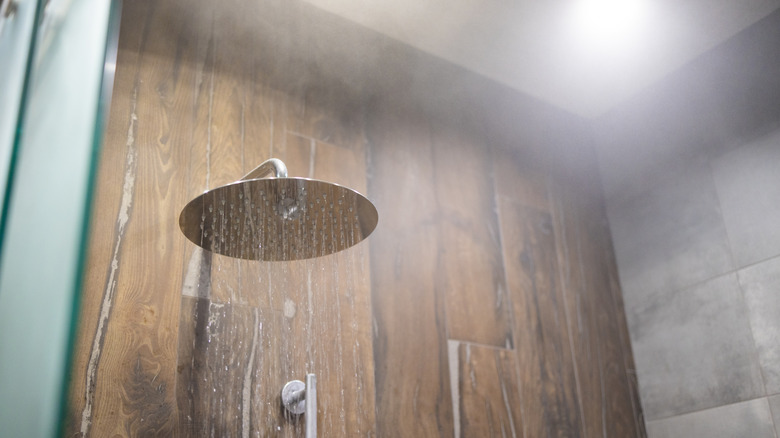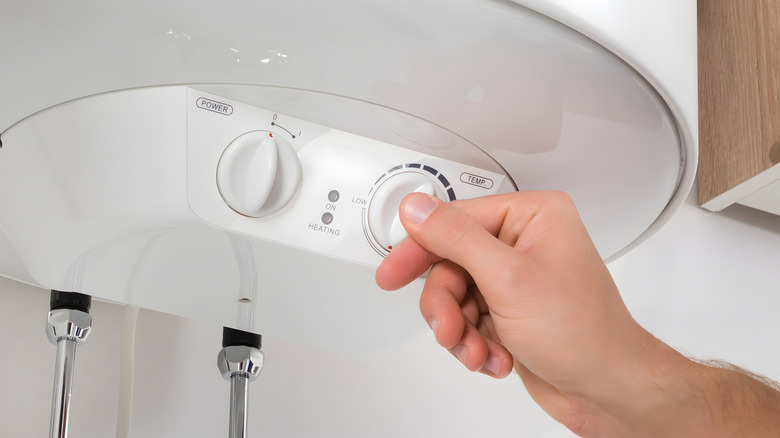How To Slash The Second-Highest Energy Cost In Your Home And Save Money
When you think about the biggest drains on your energy bill, heating or cooling usually tops the list. But right behind it lurks a cost that flies under the radar for most households. It's the price of heating water. In fact, about 18% of your energy bill goes to heating water, making your water heater the second highest consumer of energy in the home. For every shower and load of laundry, your water heater is working harder than you realize. And while it may not roar to life like your furnace or hum constantly like your air conditioner, it steadily climbs up the bill.
The upside is that, unlike heating and cooling, this is one area where the solutions don't demand major sacrifices to lower your energy bills. By adjusting your water heater's temperature, switching to cold or normal cycles for laundry, cutting down shower times, upgrading to energy-efficient appliances, and insulating your water tank, you can reduce one of the most stubborn costs in your home.
The challenge is that most people don't view hot water as negotiable. It feels like a fixed cost, built into daily life. You need hot showers, you need clean clothes, and you need dishes to be washed. But the truth is, this "fixed" expense is surprisingly flexible. Small shifts in habits and smarter use of equipment can make a visible dent in your monthly bill.
Smart ways to reduce your water heating bill
Start by fixing your water heater's temperature setting. Most heaters leave the factory with a setting of 140 degrees Fahrenheit, but you don't need it that high — 120 degrees is the ideal temperature for your hot water heater when it comes to everyday use. The U.S. Department of Energy notes that this simple step can save you around 4% to 22% on water heating costs each year.
Then there's the matter of showers. Long, hot showers feel like a luxury, especially in the middle of winter, but they're also bad for your power bill. A regular showerhead pumps out about 2.5 gallons of water every single minute. Switch to a water-efficient model that delivers closer to 2 gallons per minute, and you'll cut both water and energy use. And if you like those steamy showers? Keep the bathroom door shut properly so the heat lingers. This way, you won't be tempted to run the water longer.
Laundry and dishes are another big piece of the puzzle. Washing clothes in cold or warm water works just fine for most loads, and it cuts down on how hard your water heater has to work. Energy-efficient appliances, from dishwashers to washing machines, are designed to get the job done while using less power and water, so you won't need as much hot water for the cycles. Also, don't forget your hot water tank itself. Insulating it makes the hot water last longer, so the system doesn't have to keep reheating water. Finally, don't let taps run while brushing or rinsing dishes. It may feel like pocket change, but you'll be surprised to know it can save you 4 to 8 gallons of water.

